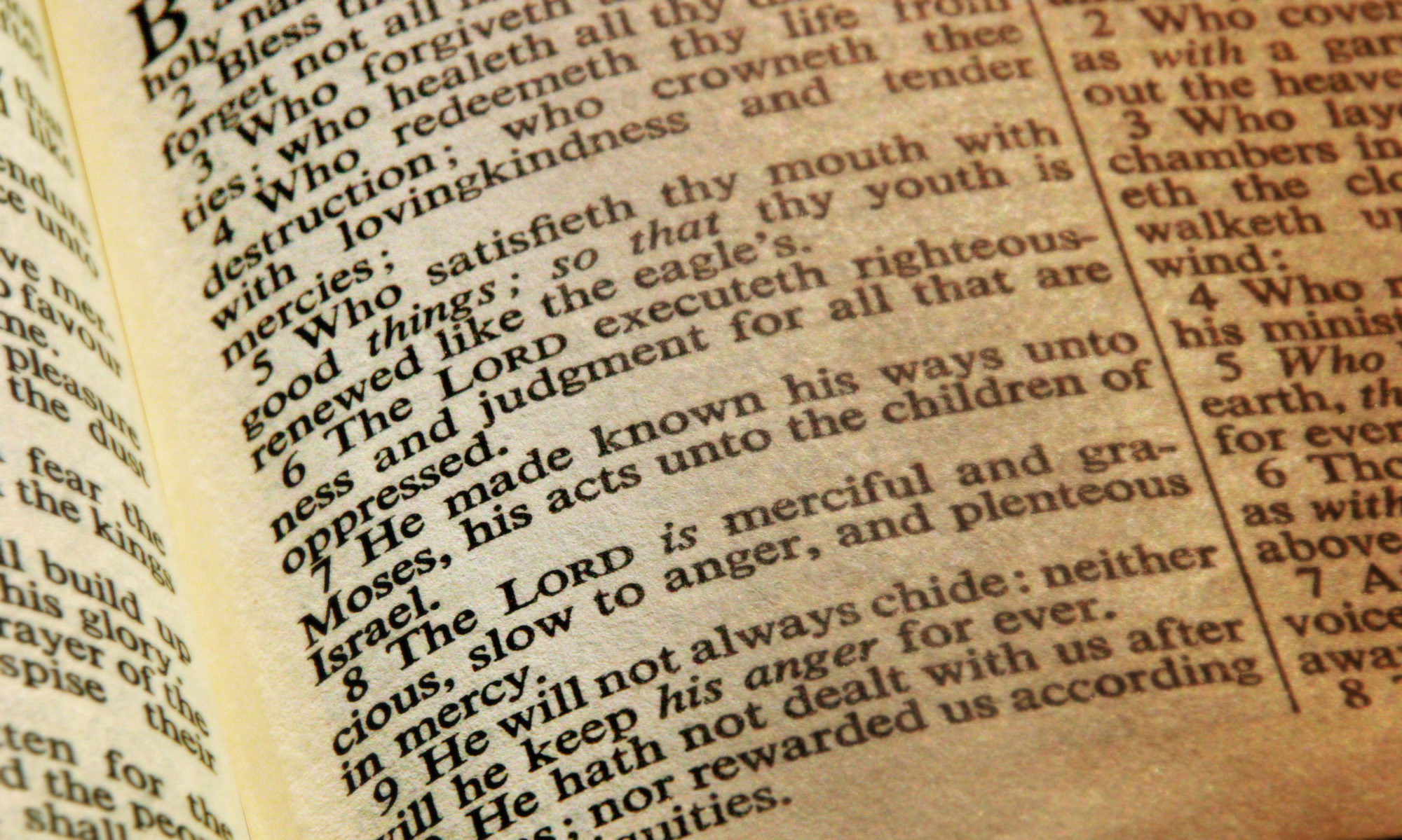A reason to love these chapters, the letters to the churches, is that they are about the lordship of Christ over his churches. That is where we have to start if we are talking about church vitality or other issues of that sort.
One of the things Jesus is doing here is setting up a vision and understanding of himself that shows that he is greater than Caesar, greater than the Roman governors of military – and in our time greater than the media, the culture or a political power.
John had this vision while exiled to the island of Patmos. The first thing he sees are these seven stars and lampstands, representing seven churches sequentially. They were all along a 300 mile route, about equivalent to driving from Lynnwood to Yakima and then back across the mountains to Chehalis.
The lampstands are easy – these are the churches, as Jesus said. The stars are more confusing. Jesus calls them “the angels of the churches”, which the early church fathers interpreted as the Bishops or the pastors of the churches. Others take it more literally – it says angels and must mean angels, heavenly beings, like in the rest of the book, and be some kind of guardian angel. Whatever it means, it is a representation of the church as a whole, because that is who the letters are addressed to.
Each church gets a specific introduction to Jesus that references a piece of John’s vision of Him. Each church is told “I know you,” and each church gets a review of sorts.
There is a mix of commendation and criticism for the churches. Two get no commendation and two get no criticism, and there are some surprises in terms of which churches get which. What would a letter to Seed Church look like?
After the introduction and evaluation for each church comes advice. For five of the seven, the word is relatively straightforward: repent. You are doing what you should not, and must change. Each piece of advice is tailored to each church.
Also tailor-made is the next part, the promise made to each church.
While all of this is tailored to these churches, we must pay attention to all of it, because we don’t necessarily know what stage or situation we are in.
One lesson we can take from this is about handling conflict. Sometimes in a church or friendship or other relationship, one person, A, has a problem with another, B. Assuming it is not something small enough to move past, there are options. A could go directly to B. Usually, though, A will go to C, often under the guise of a “prayer concern”. Then C goes to D and F goes to E and F and so on and so forth. This is typical of any small community, and social media of course has exacerbated it.
This is called “triangulation” can lead to what Jim Van Up calls “Death by Triangulation”. We must be careful about how we “pray” for people.
What we are called to, instead, is healthy confrontation. We see this in these letters – Jesus does not drag other churches into the letters, but rather addresses each honestly ABC directly.
These letters are to seven specific churches, at a specific moment in history, but there is an eighth church. Ours. So as we go through these letters, consider what we can take away from it as that eighth church.
One thing we can take away from it is that Jesus cares about each Christian – individually and as a church. Jesus cares about congregations. “If you love me, you will love the church.” Where does John find Jesus? In the midst of the churches. The only direct, written communication we have from Jesus is to churches. Salvation is a group project. “Do not give up meeting together, as some are in the habit of doing.”
Second, we can know that Jesus cares about our busyness. He knows and cares about our service. But he also cares about our holiness. No matter how busy these churches were, Jesus looked at their hearts and called them out on their wrong motives or toleration of sin in their midst. If there is an area of your life where you are tolerating sin that you should not, today would be a good day to confess and repent.
Third, these letters tell us that Jesus cares about our trials, and about our triumph. The churches are constantly called to overcome. Jesus does not give up on us.
The same Jesus who walked among those seven lampstands walks among our churches now. Is he encouraged by what he sees?
– Sermon Notes, Revelation 1:17-20, Mahlon Friesen, Seed Church, Lynnwood, WA, May 19, 2019
Something went wrong with the bible. Please make sure that you are requesting a valid passage! If this problem presits please contact joshuawiecorek@outlook.com
Something went wrong with the bible. Please make sure that you are requesting a valid passage! If this problem presits please contact joshuawiecorek@outlook.com
Something went wrong with the bible. Please make sure that you are requesting a valid passage! If this problem presits please contact joshuawiecorek@outlook.com
Something went wrong with the bible. Please make sure that you are requesting a valid passage! If this problem presits please contact joshuawiecorek@outlook.com







